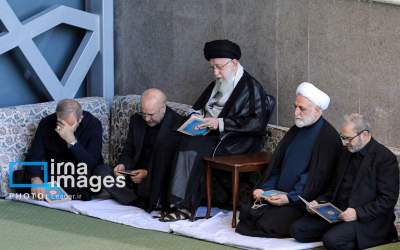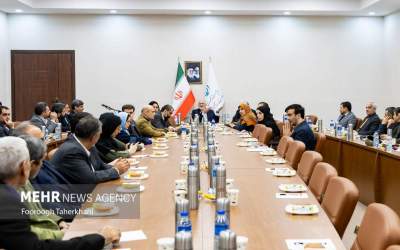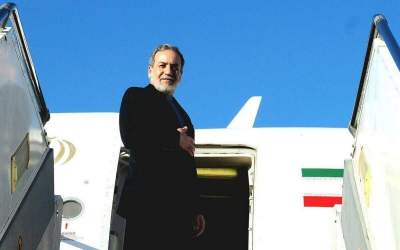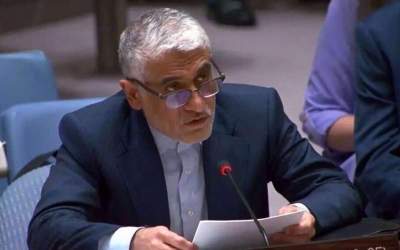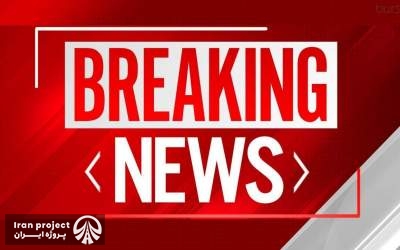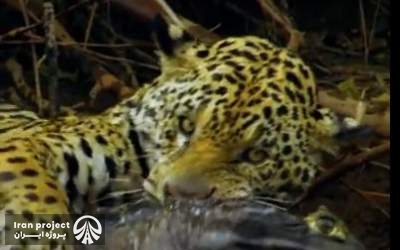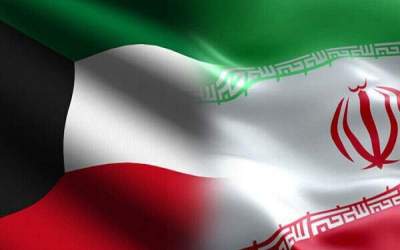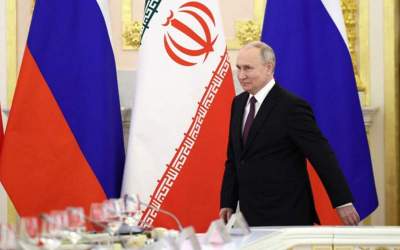 TEHRAN, Jan. 22 (MNA) � Oil Ministry engineering deputy has said Iran would not fear further plummets in oil prices adopting �new economic measures.�
TEHRAN, Jan. 22 (MNA) � Oil Ministry engineering deputy has said Iran would not fear further plummets in oil prices adopting �new economic measures.�Seyed Emad Hosseini told reporters during a press conference on Wednesday about the Ministry�s most important policies and measures to promote manufacturing of goods and machinery at home by indigenous industries; �today, we have achieved self-sufficiency in domestically manufacturing cryogenic pumps,�Hosseini added as an example of the ministry-manufacturers cooperation.
�Oil minister has issued a new directive which would provide more support for manufacturers of oil industry facilities inside the country; the directive will boost transparency in oil exchanges and tenders as well,� he told the press.
�A new test electronic system of Oil Ministry facilities and goods will be launched; we predict that the system will be fully operative by the end of the year (March 21); the next step will be creating a comprehensive database of the Ministry goods and facilities,� Hosseini added.
�Currently, 15-25 per cent of the total amount of these goods and facilities is rotating equipment; rotating equipment is a strategic and high-demand facility in oil, gas, petrochemical, and power plant industries,� he said. �The Ministry has a 2-year plan to attain full independence in manufacturing 10 groups of high-demand goods in oil industry,� added the deputy oil minister.
In response to a question by Mehr News about plunges in oil prices and possible impact on Oil Ministry self-sufficiency policies, Hosseini said that �with cuts in oil prices, the predicted plan is to manufacture more goods and equipment at home by resources provided by savings from cuts in imports.�
Hosseini believed that indigenously manufacturing goods would save millions of dollars for the economics of oil industry; �at current conditions, through comprehensive planning, it is possible to run the country even with further plunges in oil prices,� he added, hoping for rise in oil price in the future. �Price plummets to even new record lows would provide unique opportunity for the country to live a life without oil incomes,� Hosseini maintained.
�By Mehr News Agency
The Iran Project is not responsible for the content of quoted articles.

